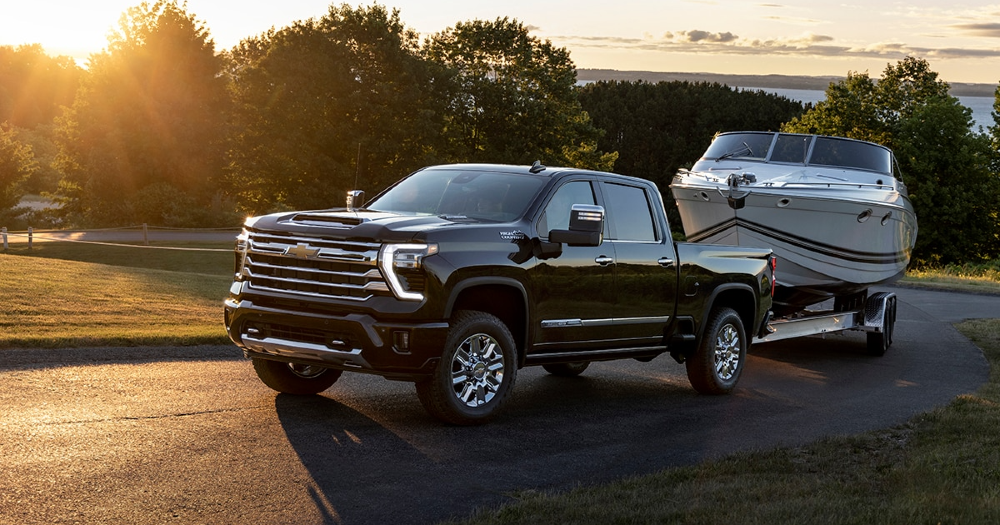Even though manufacturers list a specific number to represent the towing capacity of their vehicles, it isn’t always so cut and dry. Figuring out what you can actually tow with your vehicle requires more than just the weight of your tow item and the amount that your vehicle is rated to tow. This is especially important for commercial vehicles and equipment.
What Does Towing Capacity Mean?
When you look at the towing capacity for your vehicle, you might wonder what exactly that includes. It might surprise you to know that published towing capacities assume that the vehicle is only carrying a 150-pound driver and nothing else. Obviously, this is an extremely unlikely scenario, which means your vehicle’s published towing capacity will decrease if you have more than one person and their average weight is over 150 pounds. Add in piles of gear or equipment, and your tow rating goes down even further.
Important Towing Capacity Terms
Gross Vehicle Weight Rating, or GVWR, is the maximum amount of weight that your vehicle can carry while parked. Regular vehicles, commercial vehicles, and equipment trailers should have the GVWR listed in the owner’s manual or somewhere on the vehicle. GVWR isn’t towing capacity, however.
The Gross Combined Vehicle Weight Rating, or GCVWR is the maximum weight combined for the tow vehicle and its trailer when both are fully loaded. Since both your vehicle and trailer should have a different GVWR, you’ll have to add them together to get the GCVWR.
Gross Trailer Weight, or GTW, is the total weight of your trailer when fully loaded. The GTW should never exceed the towing capacity of your vehicle.
Calculating Towing Capacity
When it comes to calculating the towing capacity of commercial vehicles and equipment trailers, as well as regular vehicles, you’ll need to know the full GCVWR and your tow vehicle’s curb weight. Subtract the curb weight from the GCVWR to get the real towing capacity of your vehicle. It’s important to leave a margin of error.
Advertised towing capacity can be misleading. For example, you might see a truck like the Chevy Silverado advertised with a maximum towing capacity of 36,000 pounds. However, that doesn’t apply to all models of the Silverado. Instead, it only applies to a Silverado 3500 HD equipped with a 6.6-liter Duramax engine, RWD, dual rear wheels, the optional towing package, and a gooseneck hitch.
Tow Hitch Strength
Your vehicle’s towing capacity at any given time is also affected by the strength of the tow hitch you’ve installed. There are five types of tow hitch, and each type has a certain weight rating and typical use category. For example, a Class 1 hitch can tow up to 2,000 pounds and is usually used for bike racks, cargo trays, and personal watercraft. The Class V hitch has a towing capacity of up to 20,000 pounds and is usually used for horse trailers, fifth-wheels, and car trailers.
The bottom line is that towing capacity isn’t quite as simple as the advertised towing capacity from your manufacturer. You need to take into account the strength of your tow hitch, the size of your trailer, and any extra gear or people in your vehicle while towing.
This post may contain affiliate links. Meaning a commission is given should you decide to make a purchase through these links, at no cost to you. All products shown are researched and tested to give an accurate review for you.




